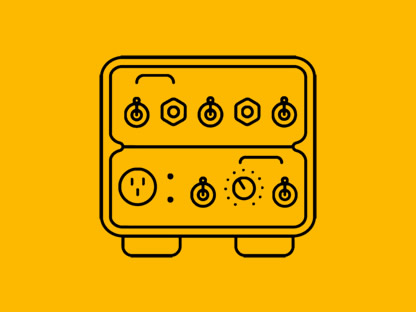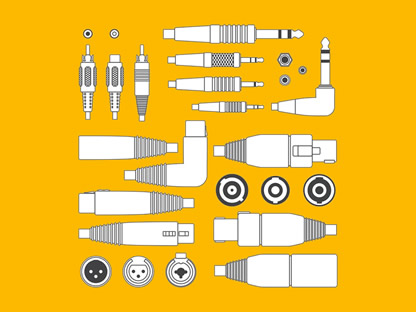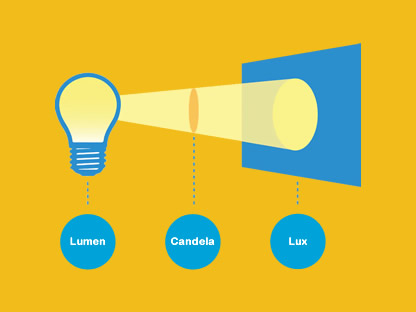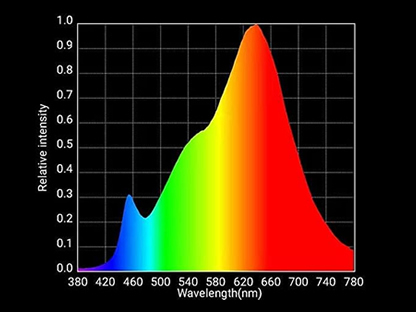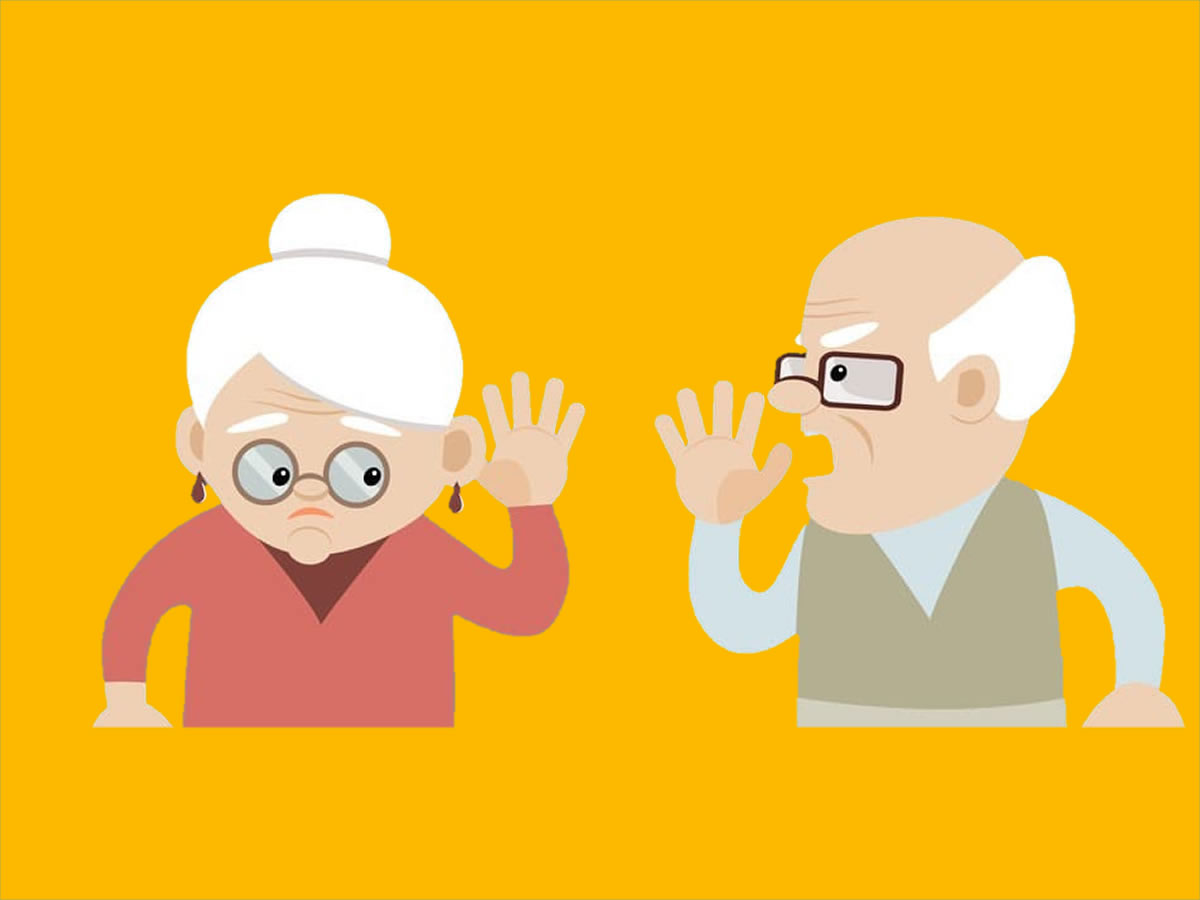
Hearing Loss
Our hearing is one of our precious assets. Hearing is essential for perceiving the sounds around us and for communication, playing a crucial role in our overall quality of life and daily activities. However, as time goes by, hearing loss issues can arise, affecting various aspects of our lives. In this article, we will explore the structure of the ear, the causes of hearing loss, and methods for its management.
Structure and Function of the Human Ear
The human ear has a complex and intricate structure, playing a crucial role in our daily lives. It detects and interprets sounds, essential for communication and understanding our environment.
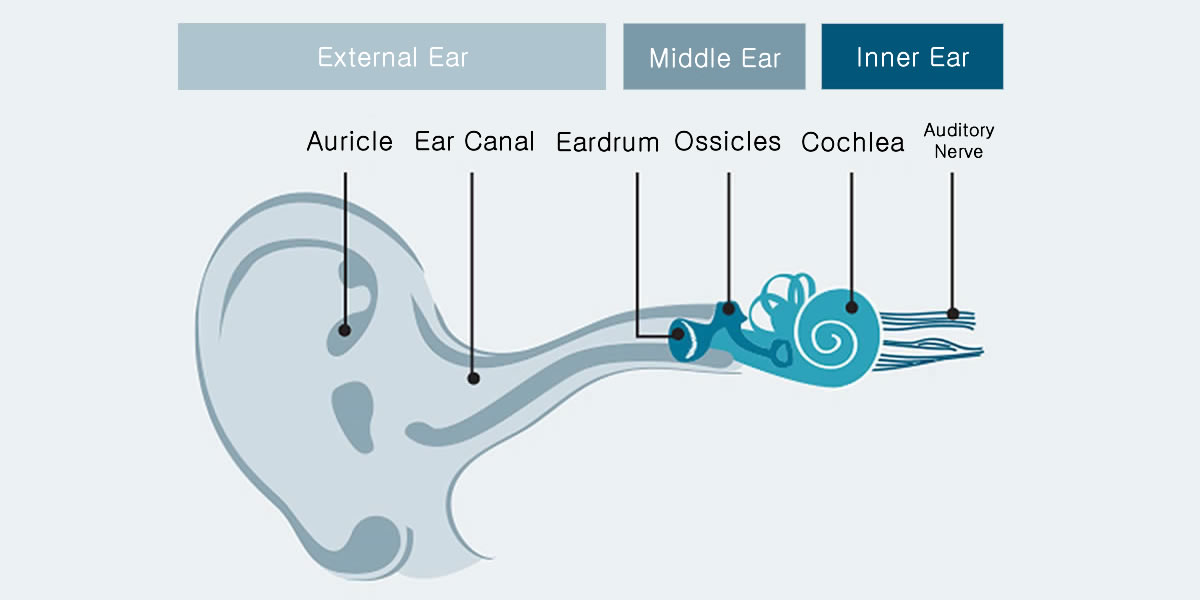
Structure of the Human Ear
The human ear can be divided into three main parts.
External Ear: The external ear is the outermost part of the ear and is covered by skin. It collects and guides sound into the ear. The external ear has a connected part called the auricle, which analyzes the wavelengths of sound and transmits the information to the brain.
Middle Ear: The middle ear plays an important role in connecting the external ear and the inner ear. It has muscles connected to the muscles behind the head, controlling ear sounds and improving ear function. The middle ear contains the eardrum, located between the external and inner ear, which converts sound into vibrations and transmits them to the inner ear.
Inner Ear: The inner ear is a crucial part responsible for human hearing and balance perception. It includes the auditory system and the vestibular system. The auditory system detects sound and transmits information to the brain, while the vestibular system detects and regulates the body's balance and position.
Age and Gender-related Hearing Changes
Hearing is one of the crucial senses that changes with age and gender. Generally, both men and women tend to experience hearing loss in the high-frequency range as they age. These changes are primarily influenced by the natural aging process and environmental factors.

연령대별/성별 청력 감소 그래프
Children and adolescents are sensitive to noise, and exposure to high sound pressure levels can pose a risk of hearing damage. Specifically, loud sounds, music performances, and the use of earphones or headphones can potentially harm their hearing.
As people age, age-related hearing loss may occur. Aging leads to a decrease in auditory cells in the inner ear, making it harder to hear high-frequency sounds.
Hearing loss tendencies vary by gender. Generally, men tend to have a greater difficulty hearing high-frequency sounds compared to women. However, this can vary from person to person and does not apply to all men and women.
Hearing Care
Hearing care is an important topic that significantly impacts our daily lives and quality of life. Hearing damage and hearing loss can occur due to various factors, including aging, noise exposure, infections, and trauma. To effectively manage these issues, it's important to consider the following:
- Protect your ears by avoiding exposure to loud sounds.
- Maintain ear hygiene to prevent foreign objects and infections.
- Take regular breaks and avoid extended exposure to noise or music.
- Avoid using headphones or earphones in noisy environments.
- Get periodic hearing check-ups to monitor your condition.
- Include ear-healthy nutrients in your diet for better hearing.
Managing your hearing is an ongoing process throughout your lifetime, and it should be practiced consistently in your daily life. Valuing and maintaining your hearing can lead to a better quality of life.


